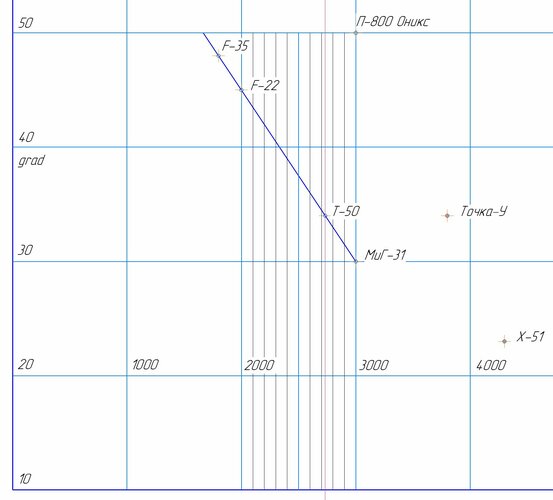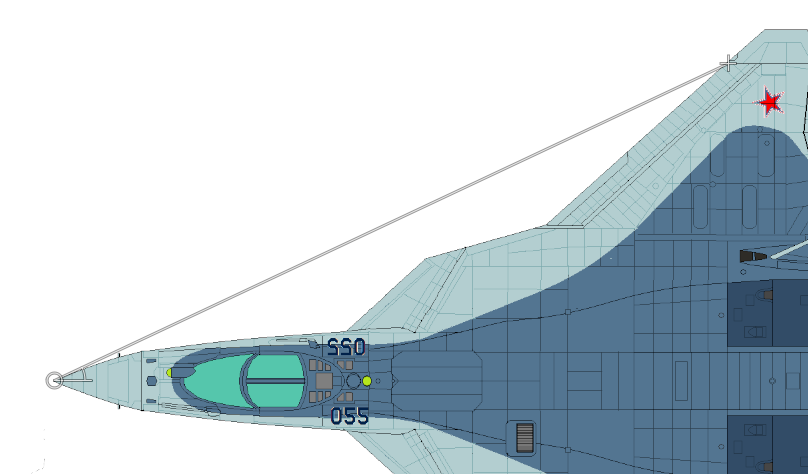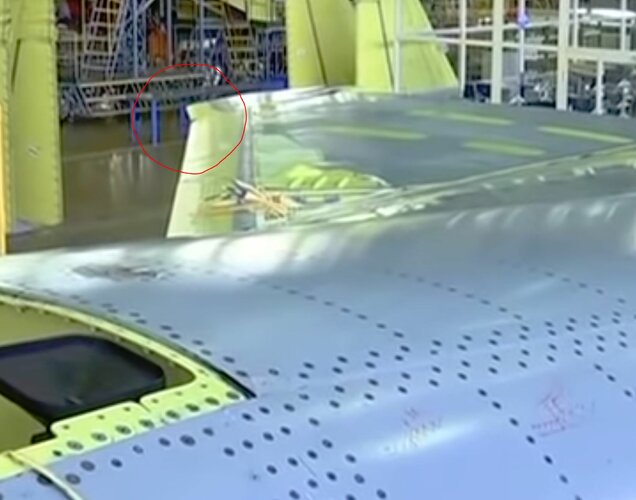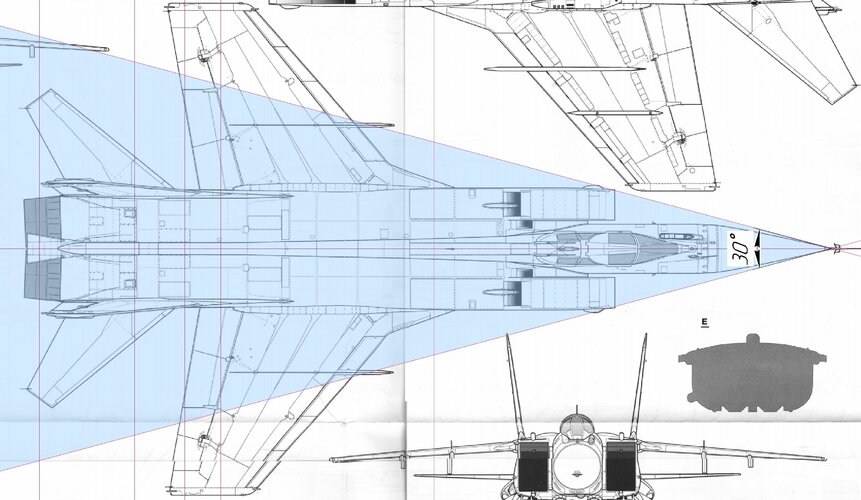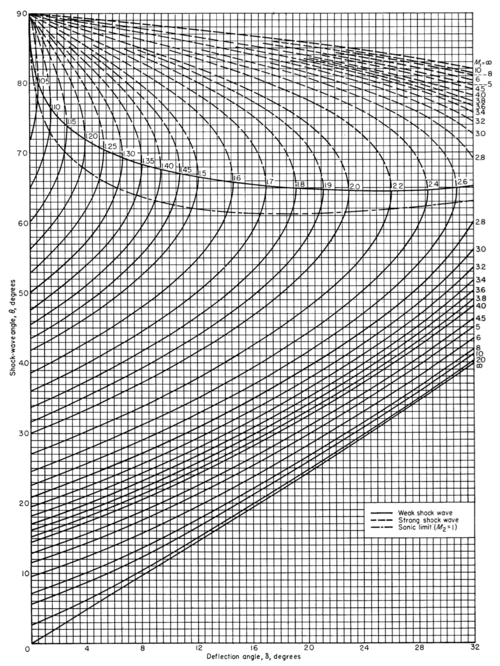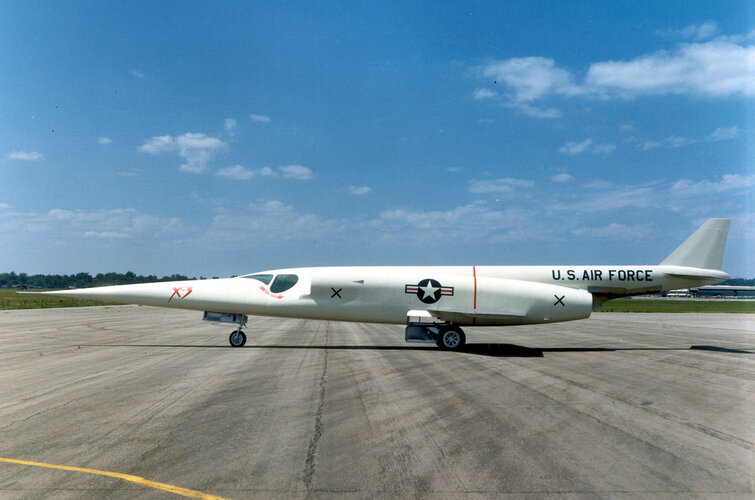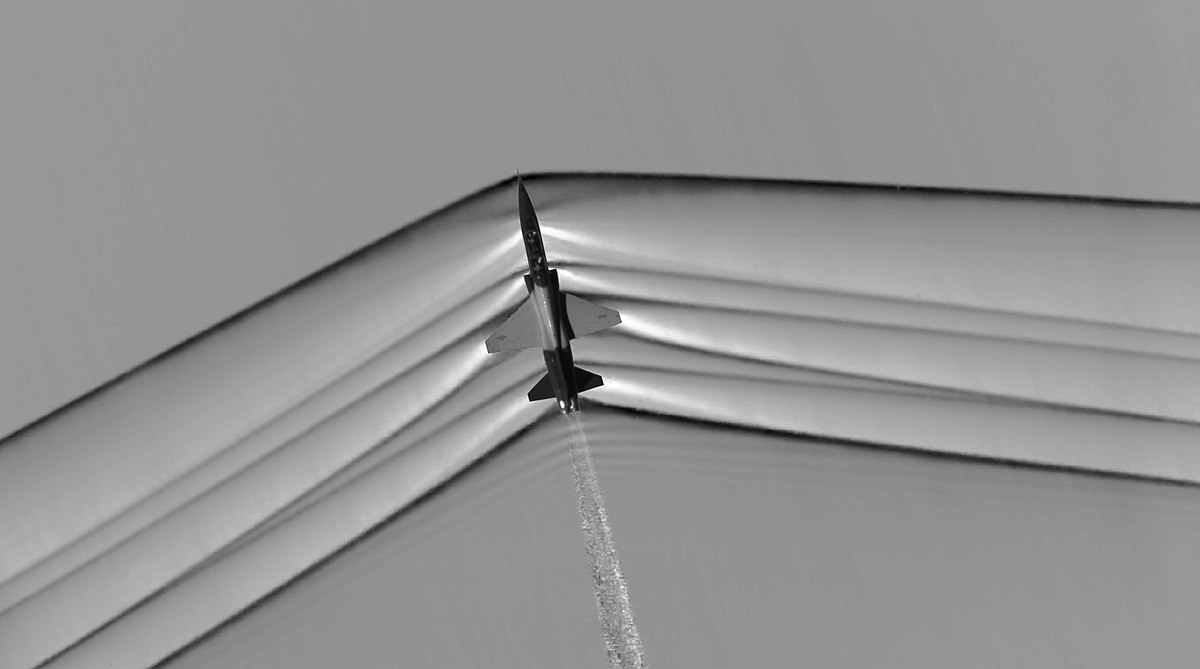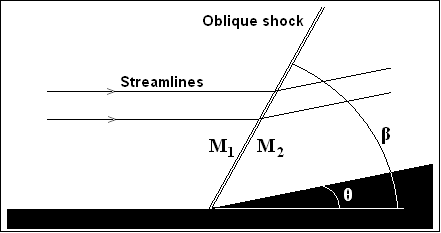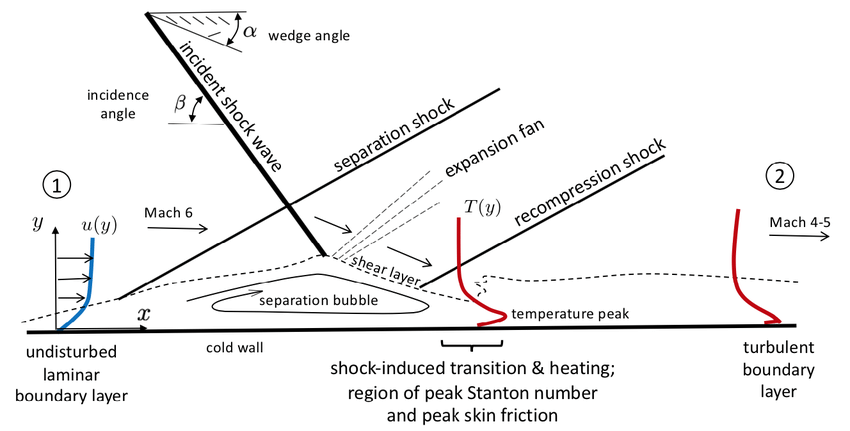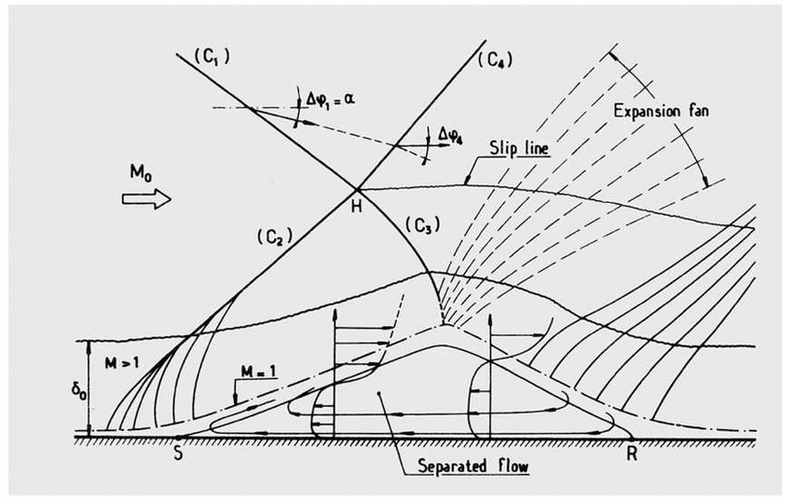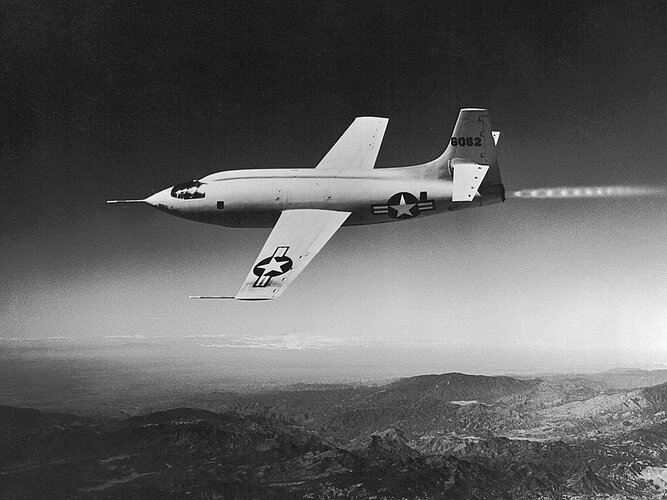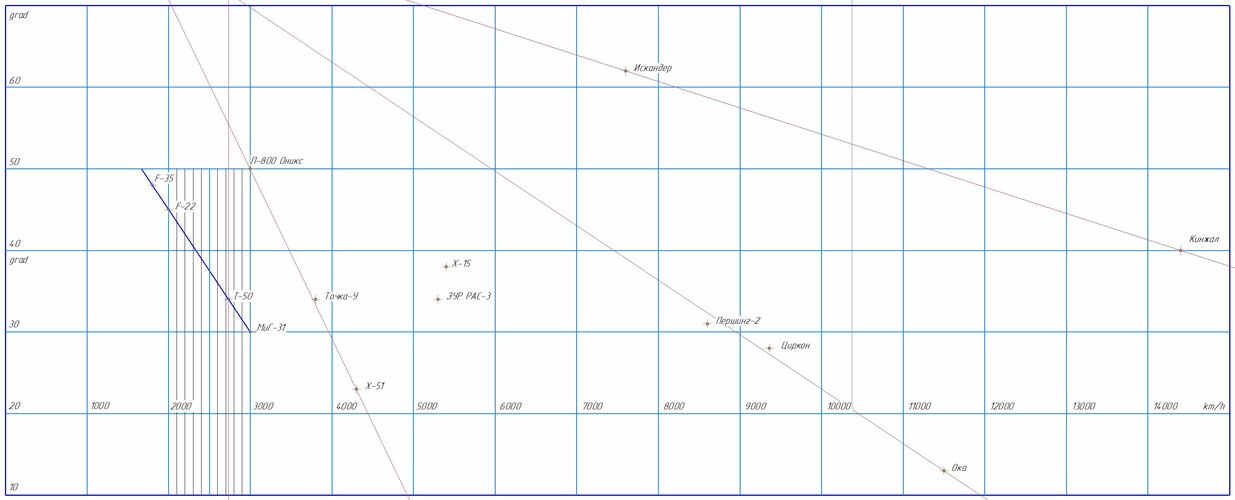paralay
ACCESS: Top Secret
In aircraft, the sweep of the leading edge of the wing is directly related to the estimated flight speed. There are exceptions to the rules, but there are not many of them
F-22 - 42 grad
Su-57 - 48 grad
(48 : 42) * 1593 km/h = 1820 km/h
F-22 - 42 grad
Su-57 - 48 grad
(48 : 42) * 1593 km/h = 1820 km/h
Last edited:

